Market Share
Reflective Materials Market Share Analysis
The Reflective Materials Market is an active segment with distinct roles played across various sectors such as transportation, construction, and clothing; hence, it is a dynamic industry. Market share positioning strategies are necessary for companies looking forward to gaining a competitive edge. This is because companies strive to differentiate their products from those of competitors operating within the same market by offering unique, creative, reflective solutions. Some firms target low-cost leadership since the market demand for these items is price sensitive, such that they focus on being the priced producers of these reflective materials. In this respect, while enhancing production processes, optimizing material sourcing efficiency and streamlining operations will help lower total costs. Therefore, making sure that there are products that are affordable but do not compromise on quality reflects price sensitivity among customers, thereby leading to sizeable market shares being achieved. On the other hand, the position of reflective materials' market share is influenced by strategic alliances and partnerships. Other businesses, suppliers, or distributors may collaborate to increase customer reach and offer better products. For instance, a manufacturer of clothing or safety equipment can decide to ally with reflective material supplying companies so that they can serve customers within a wide range of end-user applications. Reflective materials companies also employ a market segmentation strategy. By providing customized reflective solutions for different consumer segments, these organizations enable their customers to cater to unique industry needs. For example, what makes up automotive requirements of reflective materials may not be suitable at all for the construction sector. Segmenting its customers' reach into urban areas while customizing promotional efforts and products according to each segment should help ensure that a more varied market base is attended to. Apart from segmenting markets, another common approach in the Reflective Materials Market is geographical diversification. Businesses may operate in new regions or countries because new markets are opening up, which need product diversity appropriately matched with relative demand. This also evens out operational risks and capitalizes on local trends and laws. The key to success in the Reflective Materials Market lies in continuous innovation, where firms engage in research and development activities to come up with current solutions in this field ahead of others who may want to copy them. Therefore, not only does this proactive approach help firms meet changing consumers' tastes, but it also enables them to introduce novel products, thereby capturing a more extensive shareholder.

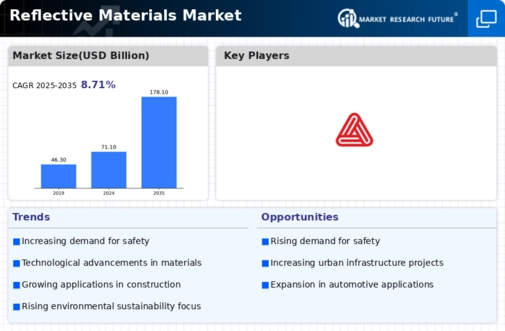
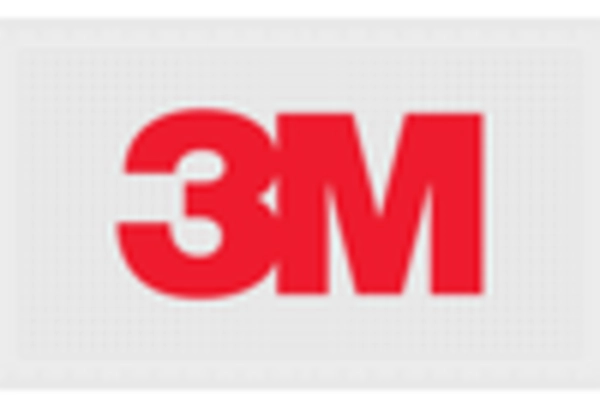
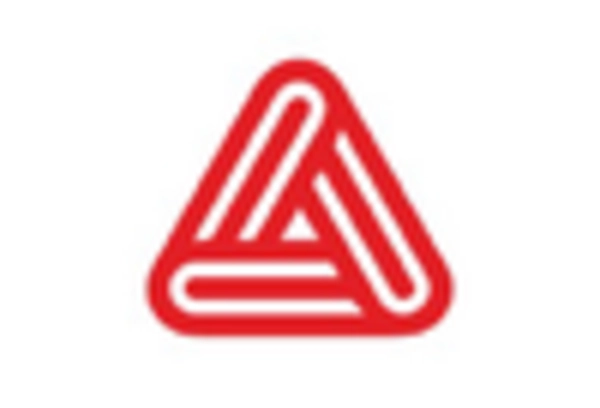

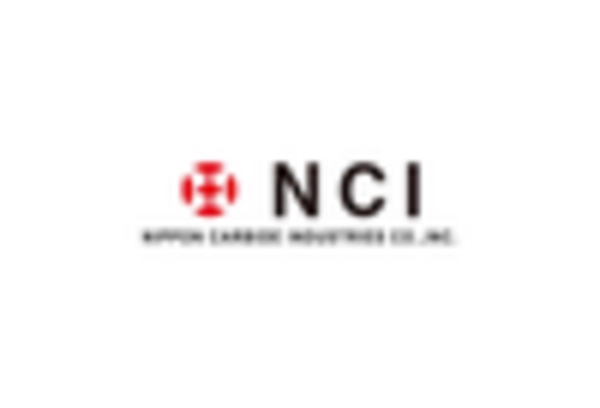
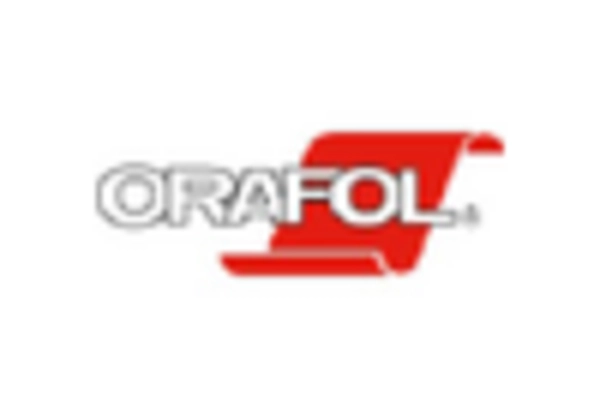
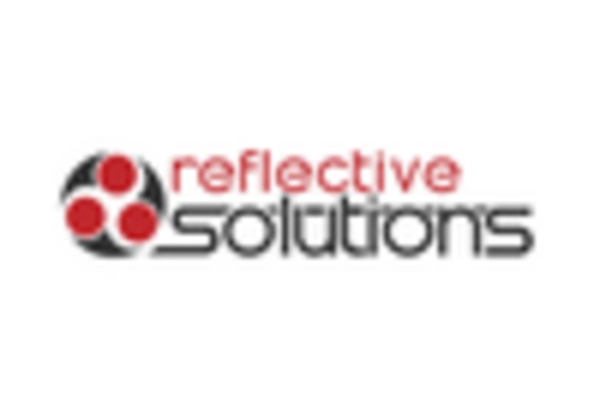









Leave a Comment